spine
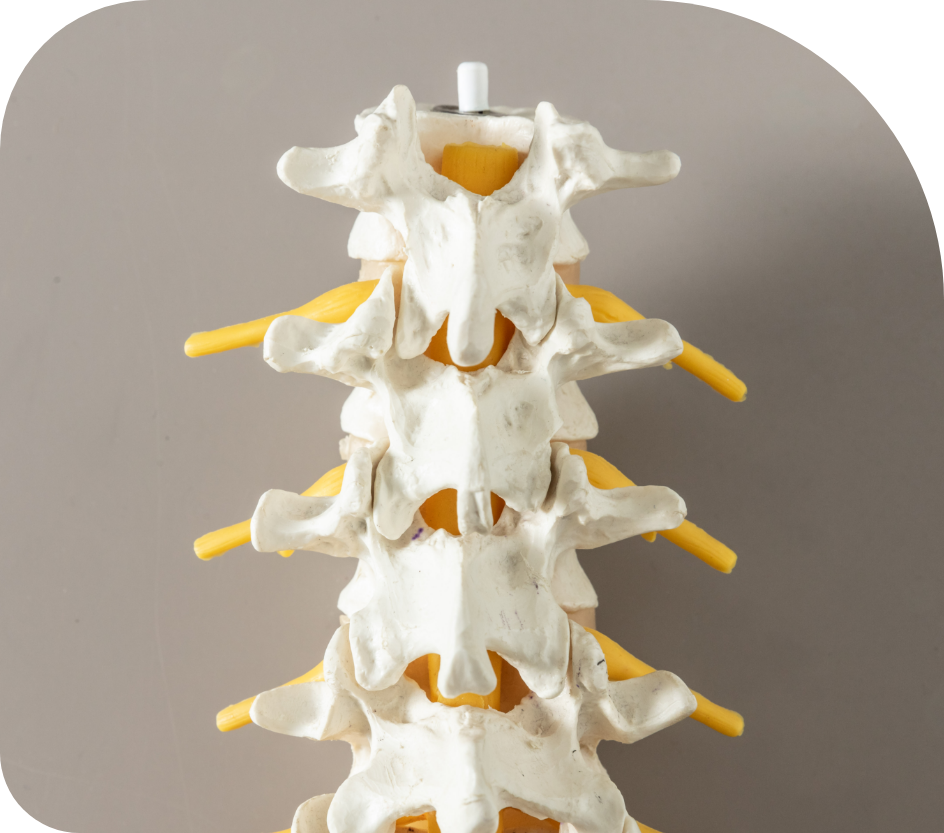
The spine runs from the skull to the pelvis. It is divided into five regions or sections.
What are the five regions of the spine?
- The cervical spine – in the neck
- The thoracic spine – corresponding to where the ribs arise
- The lumber spine – in the lower back
- The sacrum- at the base of the spine between the two halves of the pelvis
- The coccyx – which hangs off the end of the sacrum
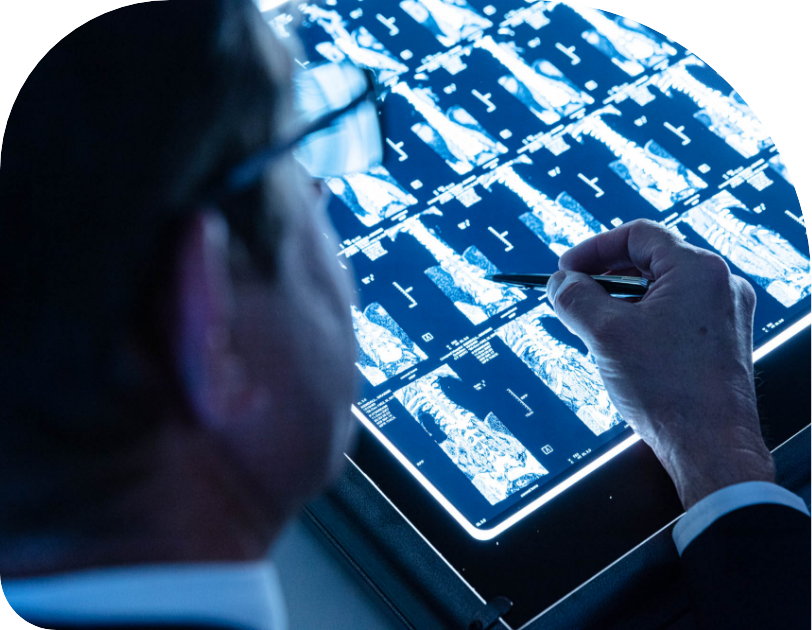
What makes up the spinal column?
The spinal column is made of vertebrae which are individual bones stacked one on top of the other. The vertebrae are joined by ligaments, muscles and cartilage – the intervertebral disc.
Between each pair of vertebrae is a spinal nerve – also known as the nerve root which exits from the spinal column.
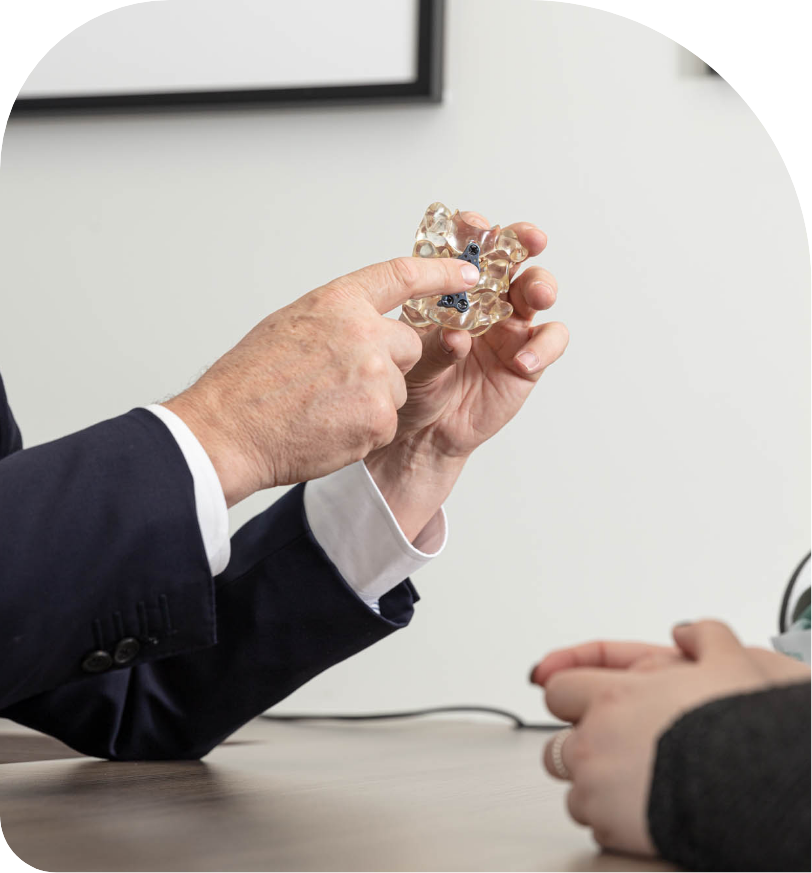
How many vertebrae are there in the spine?
The number of vertebrae can vary, but is normally as follows:
- The cervical spine usually has seven vertebrae
- The thoracic has twelve
- The lumbar has five
- The sacrum has fused so the original five bones are now one complete bone
- The coccyx can have between three to five bones
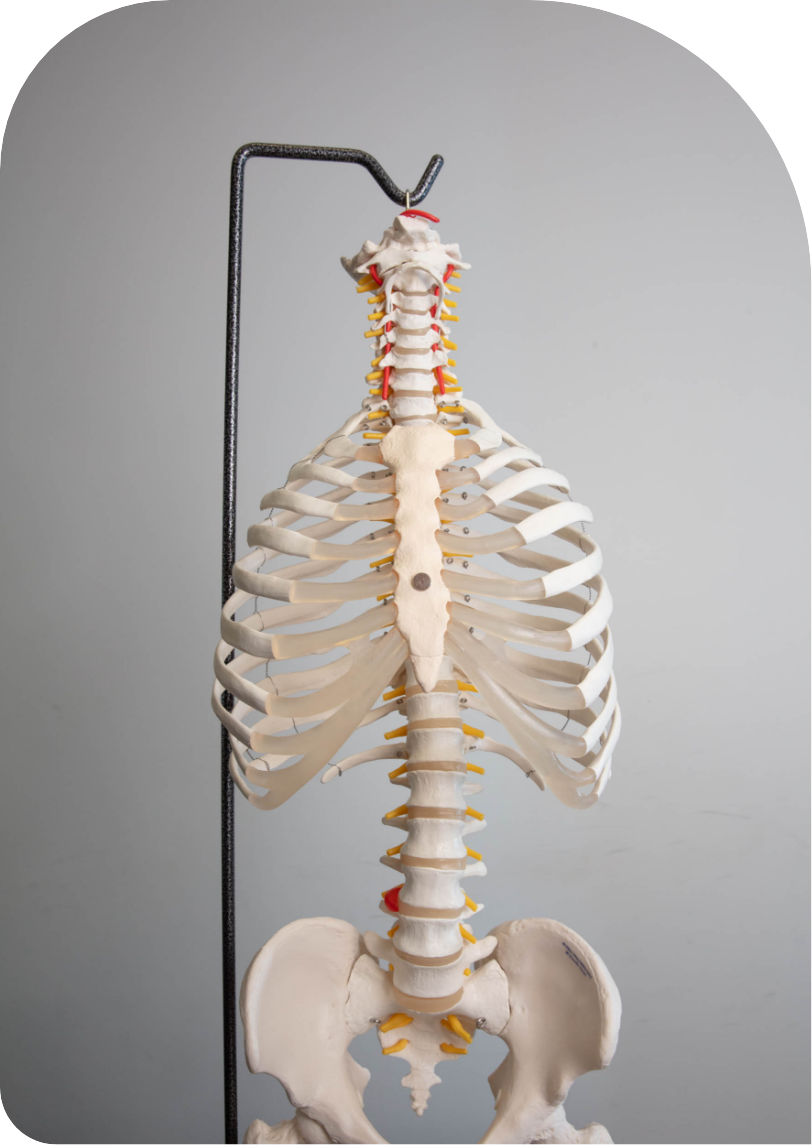
Where are the discs and what do they do?
The discs sit between each region of vertebra and tether them together, while allowing movement.
What are the spinal nerves?
Each pair of vertebrae in the spine has a spinal nerve that sits between them. This is also known as the nerve root which exits from the spinal canal.
Spinal nerves are named from top to bottom as follows:
- The cervical spine: C1 – C8
- The thoracic spine: T1 – T12
- The lumbar spine: L1 – L5
- The sacral spine (or sacrum): S1 – S5
- There is one coccygeal (coccyx) nerve.
SPINE CONDITIONS
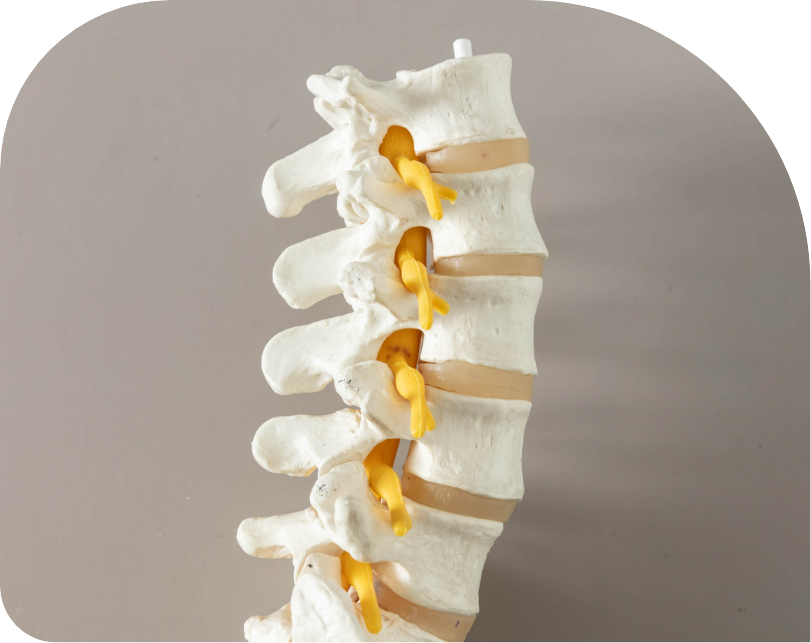
Scoliosis / Deformity
Scoliosis is an abnormal twisting of the spine to the side. Kyphosis occurs when the spine curves too much to the front
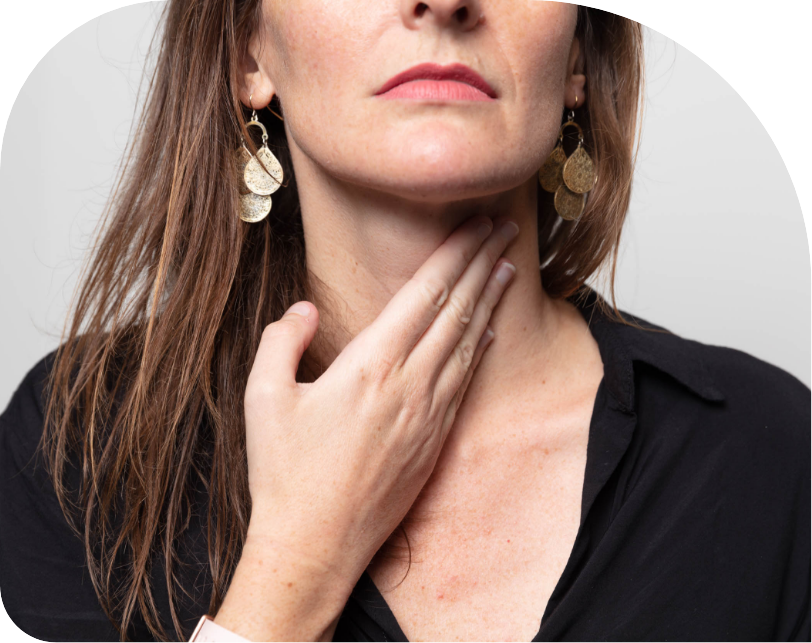
Back & Neck Pain
Back and neck pain are extremely common complaints. Back pain is considered the 2nd leading cause of disease burden in Australia.
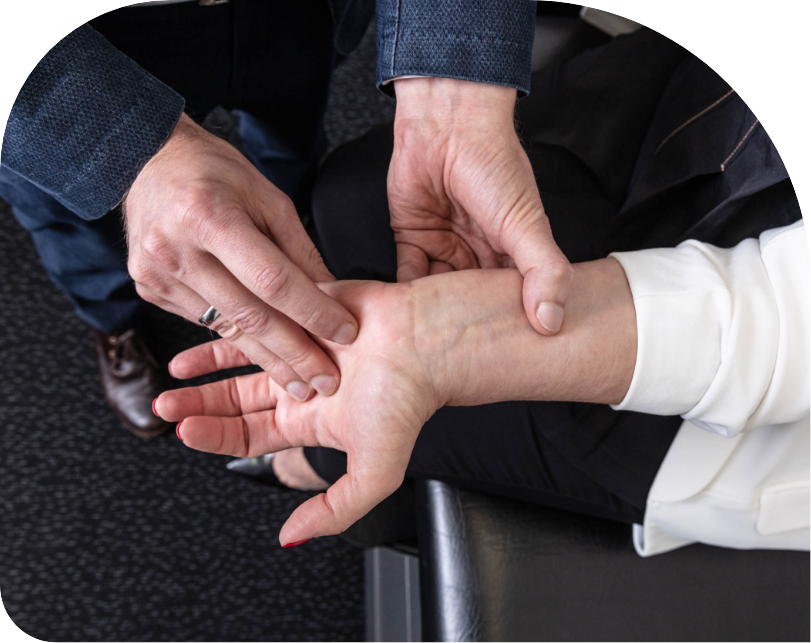
Sciatica / Arm Pain
Nerves are responsible for communication between our brains and the rest of our bodies. Sensory nerves send signals
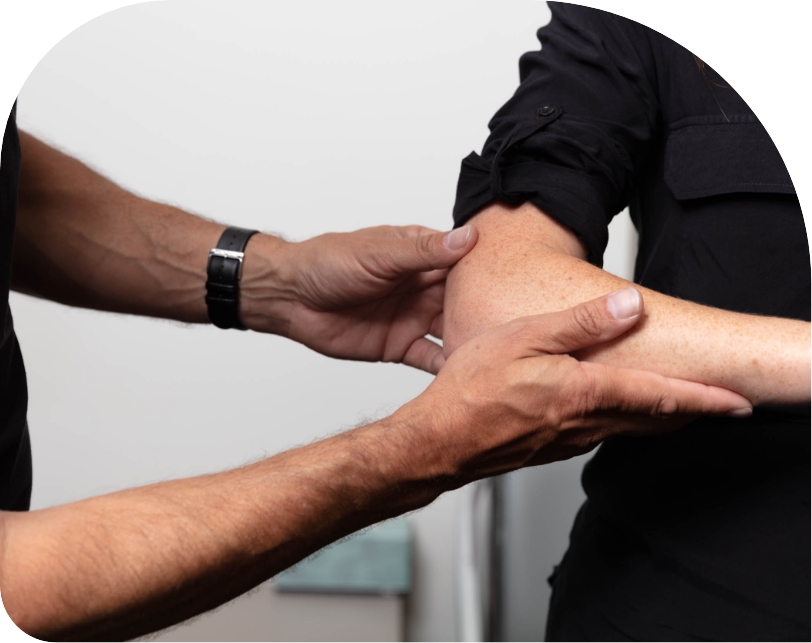
Work Injuries
Back and neck problems are commonly caused by injuries at work. Heavy lifting is considered a hazardous manual task.
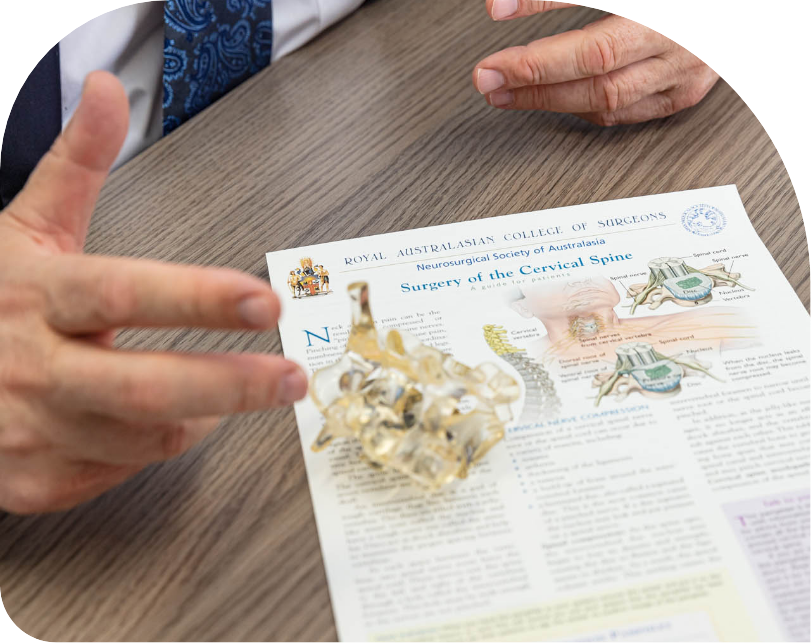
Non Instrumented Spine
Non-instrumented spine surgery is surgery to treat spinal problems without the need to include implants. Most commonly, implants are included for fusion
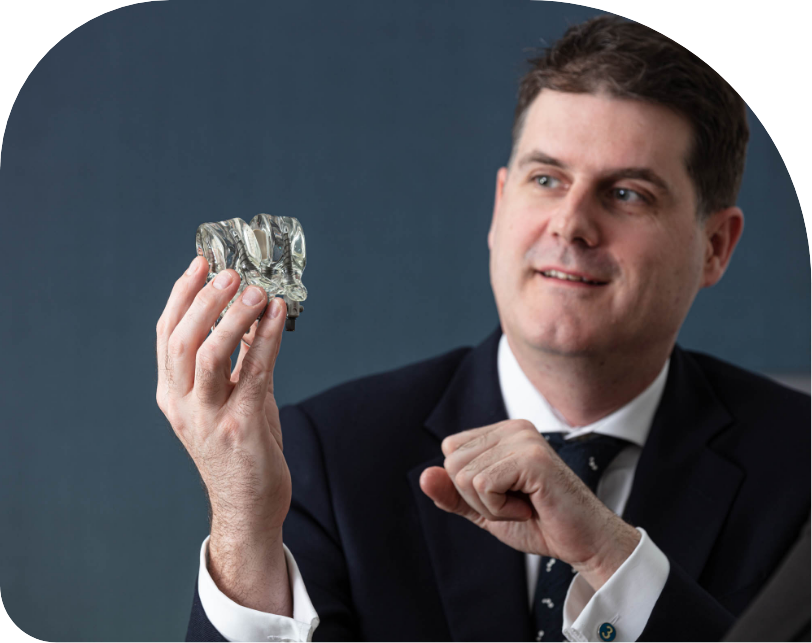
Instrumented Spine
Instrumented spine surgery is surgery performed to treat spinal problems with the use of spinal implants (excluding pain modulation devices).

Other
Specialists at Macquarie Neurosurgery & Spine are highly experienced in managing both complex and routine spinal conditions.
